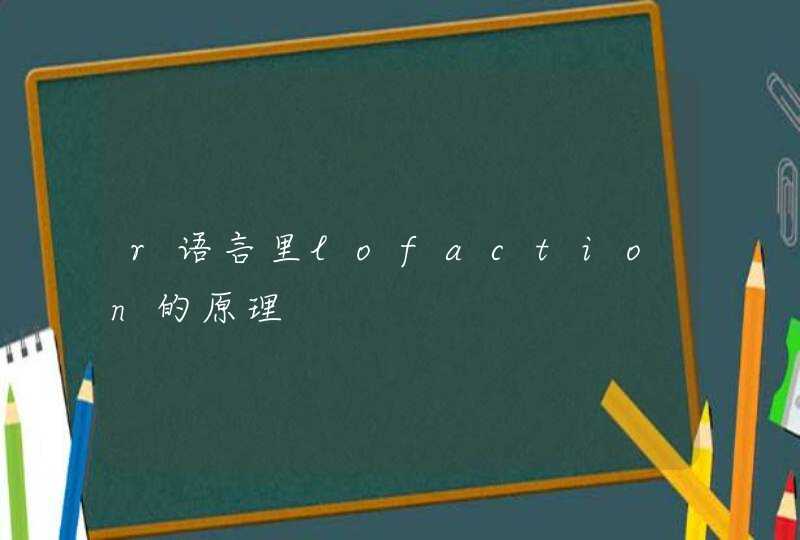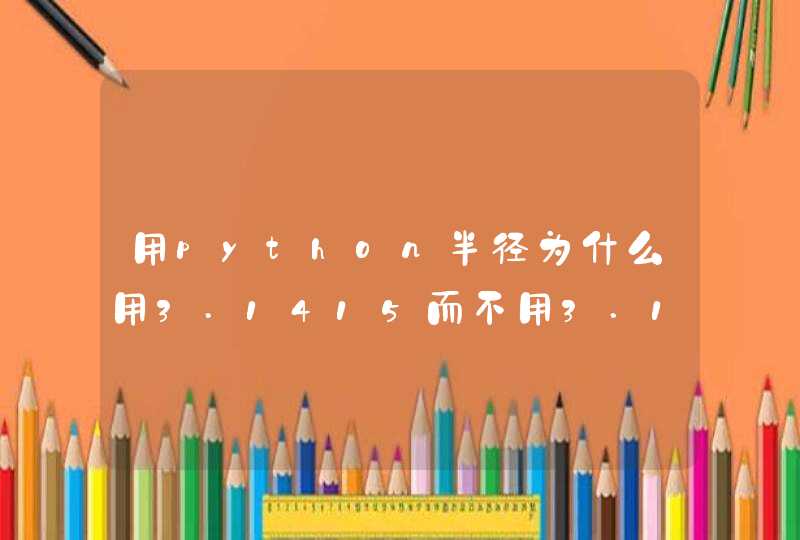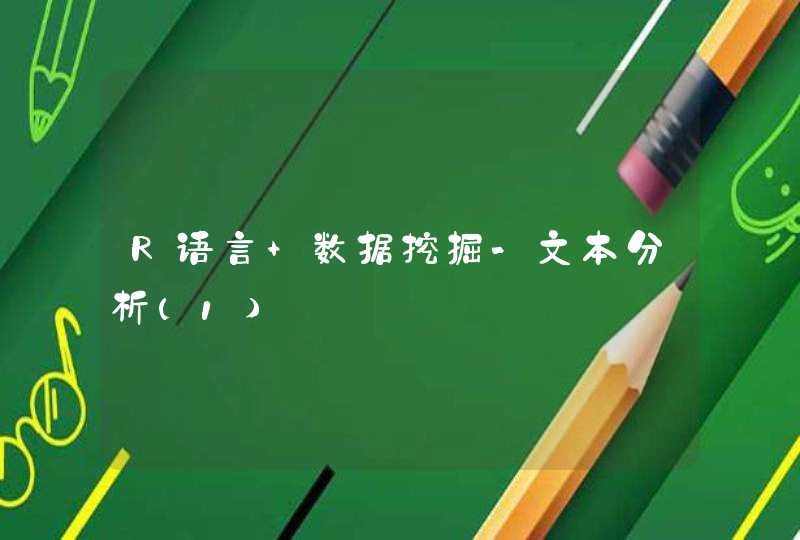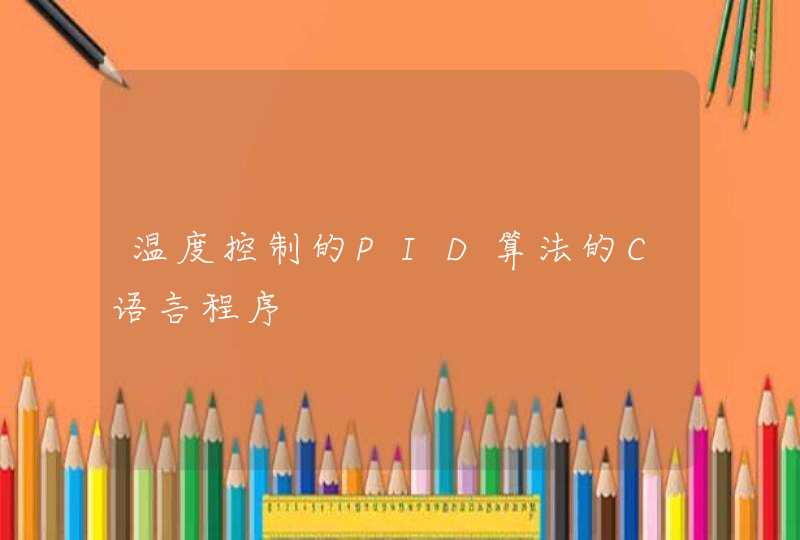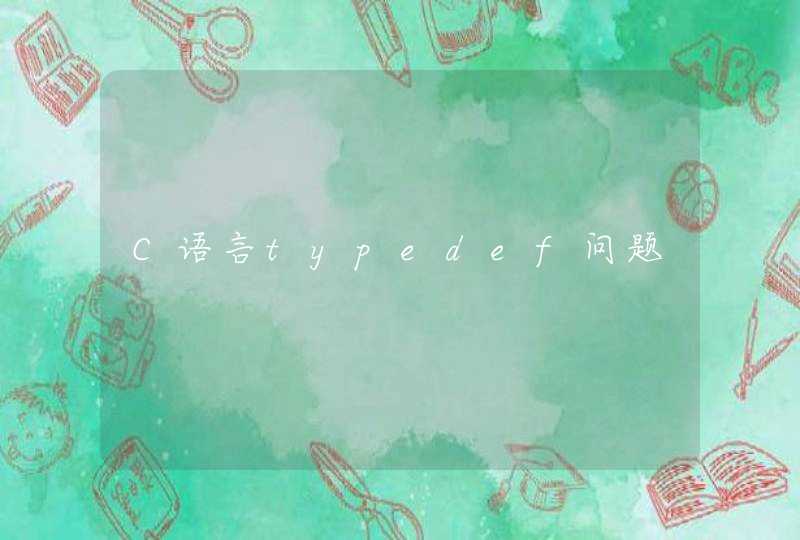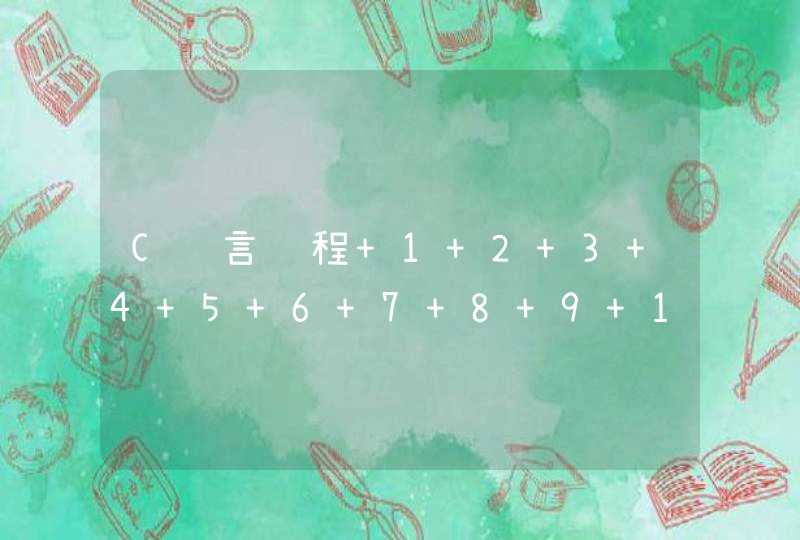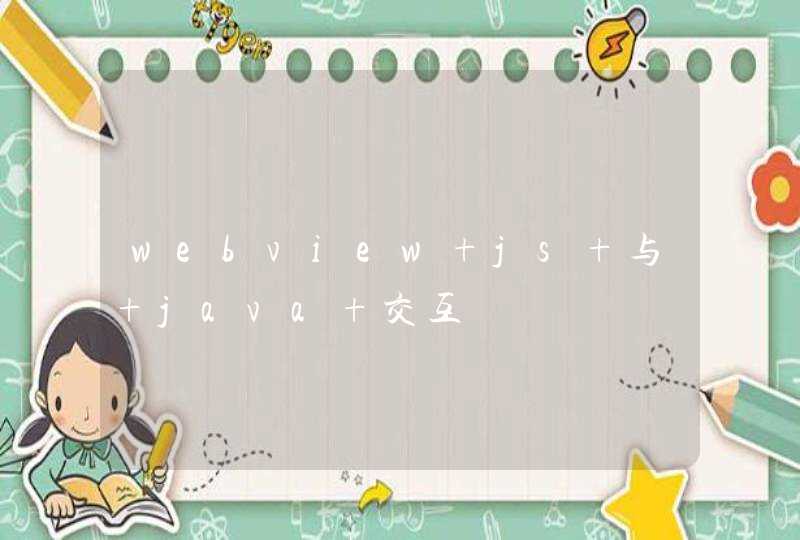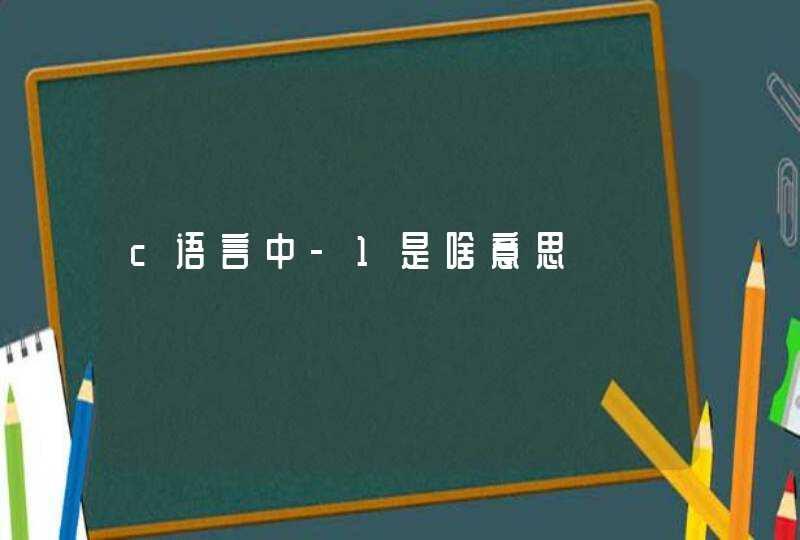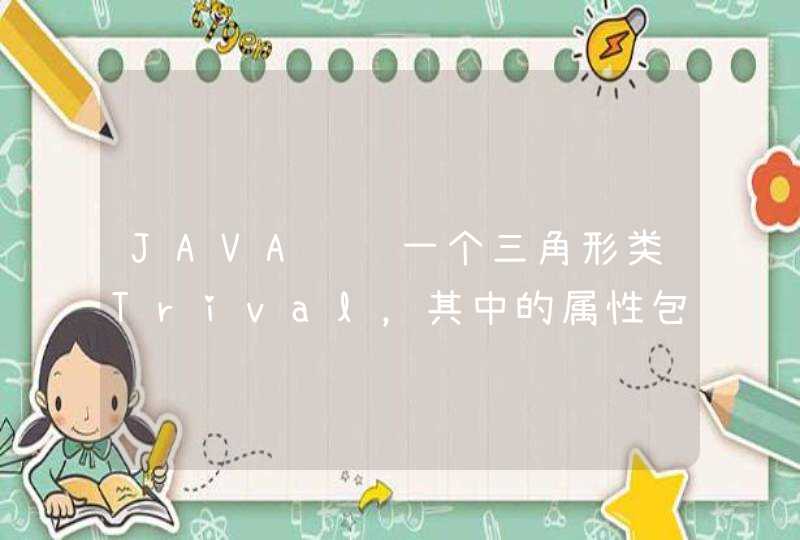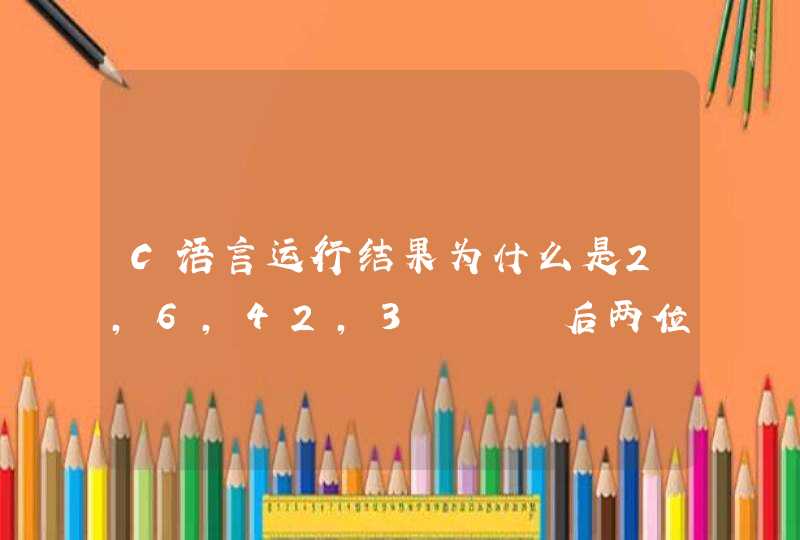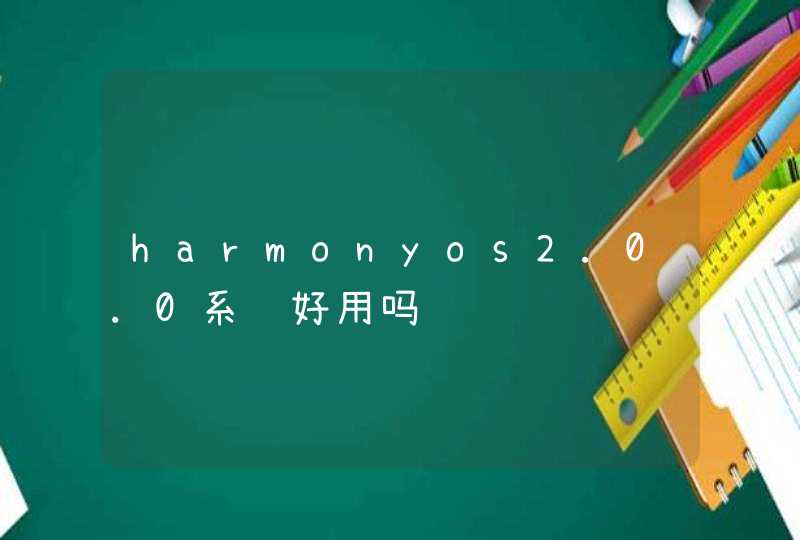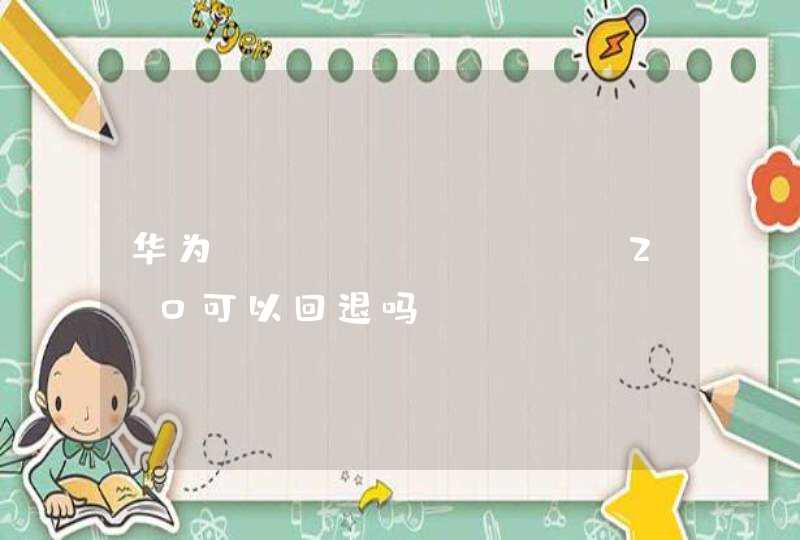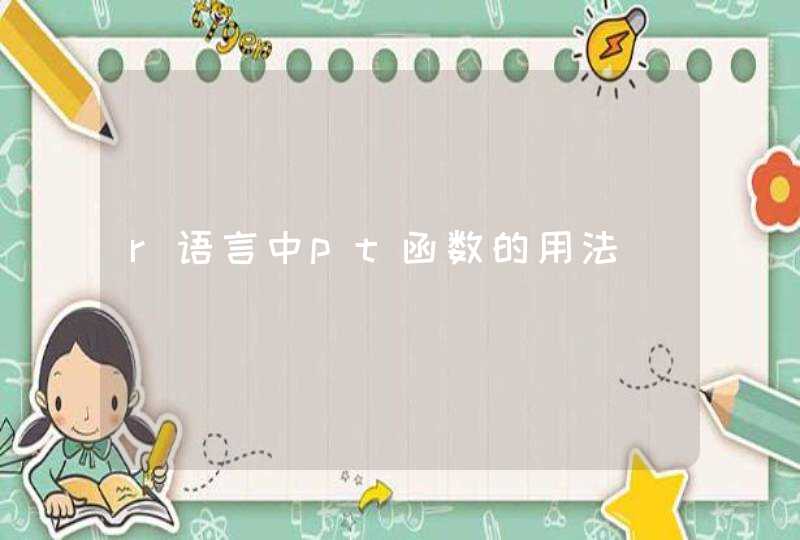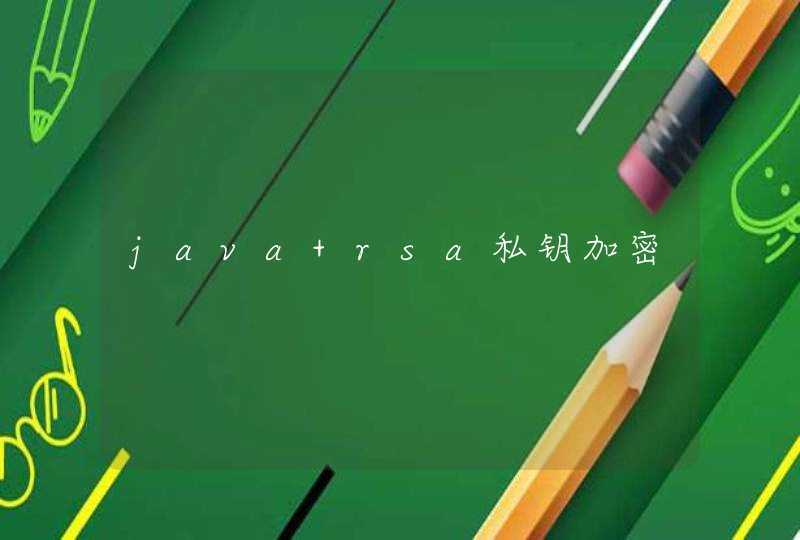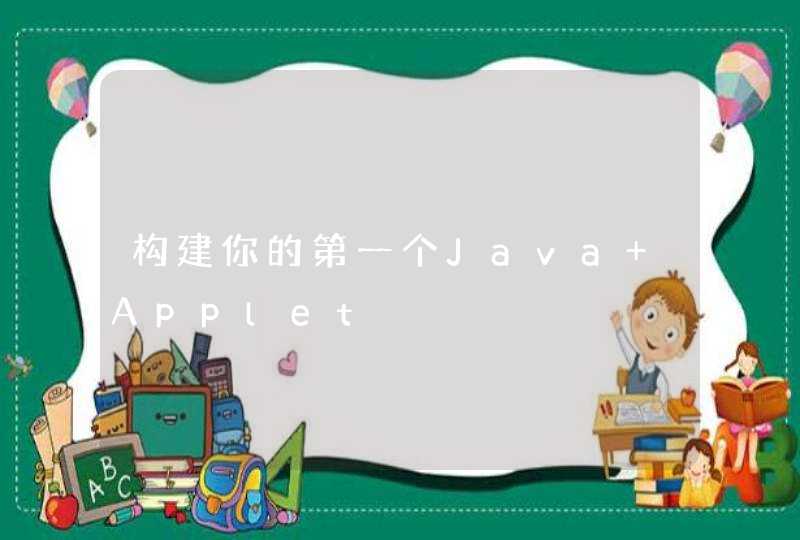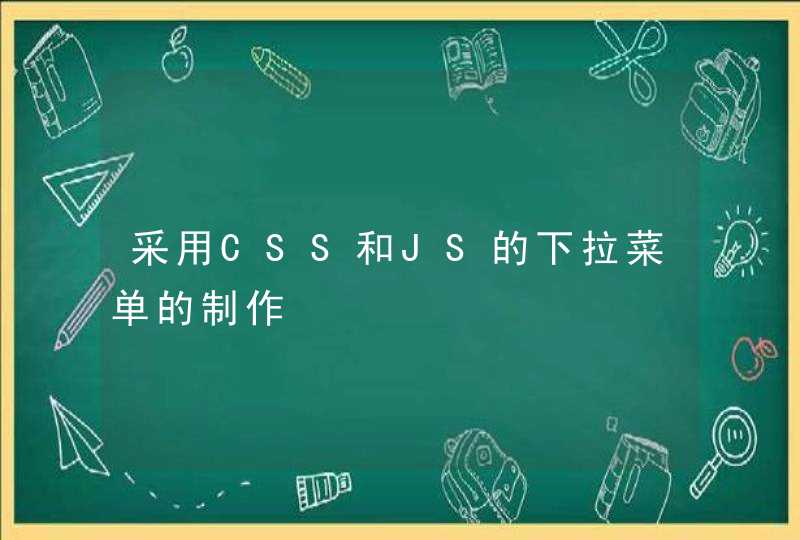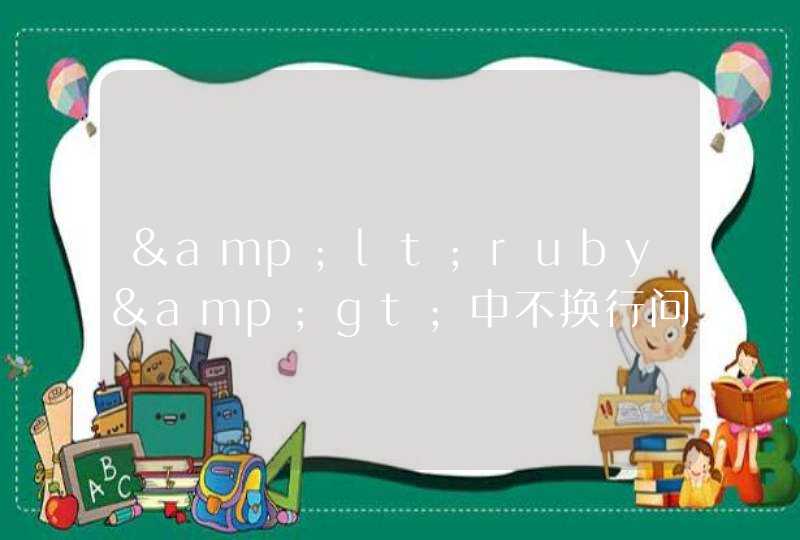
legend:字符或表达式向量
fill:用特定的颜色进行填充
col:图例中出现的点或线的颜色
border:当fill = 参数存在的情况下,填充色的边框
lty, lwd:图例中线的类型与宽度
pch:点的类型
angle:阴影的角度
density:阴影线的密度
bty:图例框是否画出,o为画出,默认为n不画出
bg:bty != "n"时,图例的背景色
box.lty, box.lwd, box.col
bty = "o"时,图例框的类型,box.lty决定是否为虚线,box.lwd决定粗线,box.col :决定颜色
pt.bg:点的背景色
cex:字符大小
pt.cex:点的大小
pt.lwd:点的边缘的线宽
x.intersp:图例中文字离图片的水平距离
y.intersp:图例中文字离图片的垂直距离
adj:图例中字体的相对位置
text.width:图例字体所占的宽度
text.col:图例字体的颜色
text.font:图例字体
merge:logical, if TRUE,合并点与线,但不填充图例框,默认为TRUE
trace:logicalif TRUE显示图例信息.
plot:logical. If FALSE不画出图例
ncol:图例中分类的列数
horiz:logicalif TRUE,水平放置图例
title:给图例加标题
inset:当图例用关键词设置位置后,inset = 分数,可以设置其相对位置
xpd:xpd=FALSE,即不允许在作图区域外作图,改为TRUE即可,与par()参数配合使用。
title.col:标题颜色
title.adj:图例标题的相对位置,0.5为默认,在中间。0最左,1为最右。
seg.len:lty 与lwd的线长,长度单位为字符宽度
参考资料: R语言中Legend 函数的参数详解
cogcreategraphiclabeltool怎么显示坐标plot()函数默认会绘制坐标轴,当需要单独设置坐标轴时,可以先将axes参数设置为FALSE,再使用axis()进行设置,语法结构如下:
axis(side, at = NULL, labels = TRUE, tick = TRUE, line = NA,
pos = NA, outer = FALSE, font = NA, lty = "solid",
lwd = 1, lwd.ticks = lwd, col = NULL, col.ticks = NULL,
hadj = NA, padj = NA, gap.axis = NA, ...)
登录后复制
side:需要添加坐标轴的位置,1-4分别用于指定底部、左侧、上侧和右侧的坐标轴;
at:需要添加刻度线的位置;
labels:设置是否添加刻度标签;
tick:设置是否显示轴线和刻度线;
line:坐标轴线与边框的行距,同mtext()的同名参数,可忽略;
pos:指定绘制坐标轴线的坐标,可忽略;
outer:为TRUE时以outer margin作为参考;
font、lty、lwd、lwd.ticks、col、col.ticks:美化参数;
hadj、padj:分别用于设置刻度标签与坐标轴线在阅读方向的水平、垂直方向上的距离;
gap.axis:设置刻度标签的最小距离;
...:par()中的相关参数。
plot(sin, 0, 2*pi, type = "l", axes = F)
axis(1, c(0, pi/2, pi, 3*pi/2, 2*pi))
axis(2, c(0, 0.5, 1), labels = F)
axis(3, seq(0, 2*pi, pi/2), tick = F)
axis(4, c(-1, -0.5, 0), line = -2, hadj = 0, col.ticks = "red")
登录后复制
3 图例
R语言的基础绘图系统默认不带图例,需要自定义,相关函数为legend(),语法结构如下:
legend(x, y = NULL, legend, fill = NULL, col = par("col"),
border = "black", lty, lwd, pch,
angle = 45, density = NULL, bty = "o", bg = par("bg"),
box.lwd = par("lwd"), box.lty = par("lty"), box.col = par("fg"),
pt.bg = NA, cex = 1, pt.cex = cex, pt.lwd = lwd,
xjust = 0, yjust = 1, x.intersp = 1, y.intersp = 1,
adj = c(0, 0.5), text.width = NULL, text.col = par("col"),
text.font = NULL, merge = do.lines &&has.pch, trace = FALSE,
plot = TRUE, ncol = 1, horiz = FALSE, title = NULL,
inset = 0, xpd, title.col = text.col, title.adj = 0.5,
seg.len = 2)
登录后复制
先绘制一个含有两条曲线的图形:
plot(1:10, sin(1:10), type = "b", pch = 21, col = "red")
lines(1:10, cos(1:10), type = "b", pch = 22, col = "blue")
登录后复制
基本的图例样式
x和y:图例摆放的位置,可以使用坐标,也可以使用如下关键字:"bottomright"、 "bottom"、 "bottomleft"、"left"、 "topleft"、 "top"、"topright"、 "right" 和 "center",此时y缺省;
legend:图例的描述文本;
title:图例标题;
用于区分组别的参数,常见的如形状、颜色等。
plot(1:10, sin(1:10), type = "b", pch = 21, col = "red")
lines(1:10, cos(1:10), type = "b", pch = 22, col = "blue")
legend("bottomleft", legend = c("sin(x)", "cos(x)"), title = "图例",
pch = c(21, 22), lty = 1, col = c("red", "blue"), pt.bg = "white")
登录后复制
用于区分组别的参数
点要素:pch、cex、col、pt.bg、pt.cex、pt.lwd;
线要素:lty、lwd、col;
merge:控制是否将点、线作为整体,默认为TRUE;
面或箱型要素:fill(填充色)、border(边框颜色)。
plot(1, type = "n")
legend("topleft", legend = c("A", "B"),
pch = c(21, 22), lty = 1, col = c("red", "blue"))
legend("topright", legend = c("A", "B"),
pch = c(21, 22), lty = 1, col = c("red", "blue"),
merge = F)
legend("left", legend = c("A", "B"), pch = 21, pt.bg = c("red", "blue"))
legend("right", legend = c("A", "B"), lty = c(1,2), lwd = 2, col = c("red", "blue"))
legend("center", legend = c("A", "B"), fill = c("red", "blue"), border = "green")
登录后复制
设置图例的颜色、边框
bg:图例的背景色;
box.lty、box.lwd、box.col:图例边框的线条类型、宽度和颜色。
plot(1, type = "n")
legend("left", legend = c("A", "B"), fill = c("red", "blue"),
bg = "grey")
legend("right", legend = c("A", "B"), fill = c("grey", "grey"), box.col = c("red", "blue"))
legend("center", legend = c("A", "B"), fill = c("grey", "grey"), box.lty = 2, box.col = "red")
登录后复制
对齐与距离调整
xjust、yjust:图例位置与坐标的对齐方式,xjust默认为0,即左对齐;yjust默认为1,即上对齐;
x.intersp、y.intersp:分别调整图例中水平、垂直方向的间距;
adj:调整图例文本的位置,正数表示向默认位置左侧或下侧调整,负数表示向右侧或上侧调整;
inset:使用关键词设置图例位置时,控制图例边缘与plot side的位置,以plot region长宽的分数表示。
plot(1, type = "n")
legend(0.8, 1, legend = c("A", "B"), fill = c("red", "blue"), bg = "grey",
xjust = 1, yjust = 0)
legend(0.8,1, legend = c("A", "B"), fill = c("grey", "grey"), box.col = c("red", "blue"),
x.intersp = 2, y.intersp = 2)
legend("center", legend = c("A", "B"), fill = c("grey", "grey"), box.lty = 2, box.col = "red",
adj = c(-2, 2))
legend("bottom", legend = c("A", "B"), fill = c("grey", "grey"), box.lty = 2, box.col = "red",
inset = 0.05)
登录后复制
图例文本美化
text.width、text.col、text.font;
title.col、title.adj:图例标题的颜色和水平对齐方式;
ncol:图例内要素列数,默认为1;
horiz:为TRUE时水平方向排列图例要素,此时参数ncol失效。
plot(1, type = "n")
legend("center", legend = c("A", "B"), fill = c("red", "blue"), bg = "grey",
text.col = c("red", "blue"), text.font = 3)
legend("top", legend = c("A", "B"), fill = c("red", "blue"), bg = "grey", title = "图例",
title.col = "green", title.adj = 1)
legend("left", legend = c("A", "B"), fill = c("red", "blue"), bg = "grey",
ncol = 2)
legend("right", legend = c("A", "B"), fill = c("red", "blue"), bg = "grey",
horiz = T)
登录后复制
其他plot:为FALSE时图例不显示。
package com.helloimport java.util.Arrays
import java.util.Scanner
/**
*
* @author fxb
*/
public class Intset {
private int[] element
private int EndPosition
public Intset(int a[], int size) {
this.element = new int[size]
System.arraycopy(a, 0, element, 0, a.length)
this.EndPosition = size + 1
}
public int[] inputdata(int a[], int size) {
int[] t = new int[a.length + 1]
System.arraycopy(a, 0, t, 0, a.length)
t[a.length] = size
return t
}
public Intset Merge(Intset set) {
int[] t = new int[0]
for (int i = 0i <this.getElement().lengthi++) {
for (int j = 0j <set.getElement().lengthj++) {
if (this.getElement()[i] == set.getElement()[j]) {
t = inputdata(t, this.getElement()[i])
break
}
}
}
return new Intset(t, t.length)
}
public Intset Copy(Intset set) {
int[] t = new int[this.getElement().length]
System.arraycopy(this.getElement(), 0, t, 0, t.length)
for (int i = 0i <set.getElement().lengthi++) {
for (int j = 0j <this.getElement().lengthj++) {
if (set.getElement()[i] == this.getElement()[j]) {
continue
}
}
t = inputdata(t, set.getElement()[i])
}
return new Intset(t, t.length)
}
public void print() {
for (int i : element) {
System.out.print(i+" ")
}
System.out.println("\n")
}
public int[] getElement() {
return element
}
public void setElement(int[] element) {
this.element = element
}
public int getEndPosition() {
return EndPosition
}
public void setEndPosition(int EndPosition) {
this.EndPosition = EndPosition
}
public static int[] convert(String s){
char[] c = s.toCharArray()
int[] is = new int[c.length]
for (int i = 0i <c.lengthi++) {
int si = Integer.parseInt(c[i]+"")
is[i] = si
}
return is
}
public static void main(String[] args) {
Scanner reader = new Scanner(System.in)
System.out.print("请输入集合A元素个数:")
int sizea = reader.nextInt()
System.out.print("请输入集合A元素值,无需输入空格:")
String s = new Scanner(System.in).nextLine()
int[] a = convert(s)
Intset intsetA = new Intset(a,sizea)
System.out.print("请输入集合B元素个数:")
int sizeb = reader.nextInt()
System.out.print("请输入集合B元素值,无需输入空格:")
String s2 = new Scanner(System.in).nextLine()
int[] b = convert(s2)
Intset intsetB = new Intset(b,sizeb)
Intset intset = intsetA.Merge(intsetB)
System.out.print("A与B的并集为:")
intset.print()
System.out.print("A与B的交集为:")
intset = intsetA.Copy(intsetB)
intset.print()
}
}
run:
请输入集合A元素个数:3
请输入集合A元素值,无需输入空格:123
请输入集合B元素个数:3
请输入集合B元素值,无需输入空格:345
A与B的并集为:3
A与B的交集为:1 2 3 3 4 5
PS:用JAVA调试的,还有点小BUG,LZ可以试着调试下。
